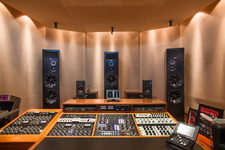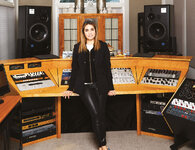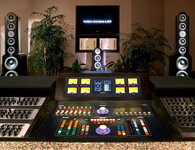Massive Master
www.massivemastering.com
Word to the peeps in the house.I think you hit it. The traditional Mastering Engineer (in real world job title) had the ears to make quality judgments based on the current sound of good quality - a judgement call by a skilled person one step away from the studio. [snip] A sort of unappreciated job role now.
I hang out on a few forums/groups that think it's about "making it really loud" (and don't get it at all).






